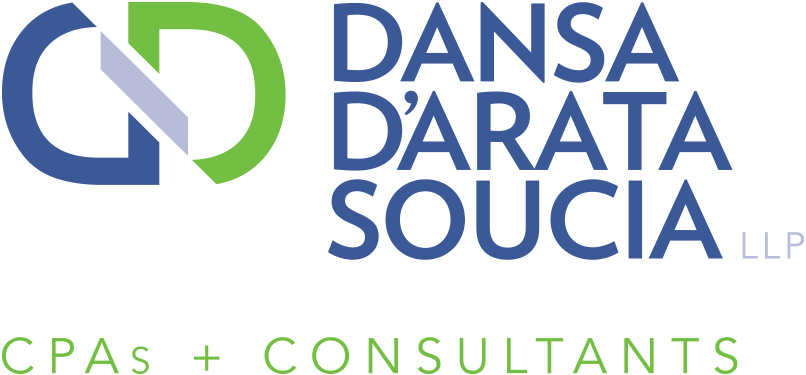Devote some time to internal leadership development
Many factors go into the success of a company. You’ve got to offer high-quality products or services, provide outstanding customer service, and manage your inventory or supply chain. But there’s at least one other success factor that many business owners often overlook: internal leadership training and development.
Even if all your executive and management positions are filled with seasoned leaders right now, there’s still a major benefit to continually training, coaching and mentoring employees for leadership responsibilities. After all, even someone who doesn’t work in management can champion a given initiative or project that brings in revenue or elevates the company’s public image.
Ideas to consider
Internal leadership development is practiced when owners and executives devote time to helping current managers as well as employees who might one day be promoted to positions of leadership.
To do this, shift your mindset from being only “the boss” to being someone who holds an important responsibility to share leadership knowledge with others. Here are a few tips to consider:
Contribute to performance development. Most employees’ performance reviews will reveal both strengths and weaknesses. Sit down with current and potential leaders and generously share your knowledge and experience to bolster strong points and shore up shortcomings.
Invite current and potential leaders to meetings. Give them the opportunity to participate in important meetings they might not otherwise attend, and solicit their input during these gatherings. This includes both internal meetings and interactions with external vendors, customers and prospects. Again, look to reinforce positive behaviors and offer guidance on areas of growth.
Introduce them to the wider community. Get current and potential leaders involved with an industry trade association or a local chamber of commerce. By meeting and networking with others in your industry, these individuals can get a broader perspective on the challenges that your company faces — as well as its opportunities.
Give them real decision-making authority. Probably not right away but, at some point, put a new leader to the test. Give them control of a project and then step back and observe the results. Don’t be afraid to let them fail if their decisions don’t pan out. This can help your most promising employees learn real-world lessons now that can prove invaluable in the future.
Benefits beyond
Dedicating some time and energy to internal leadership development can pay off in ways beyond having well-trained managers. You’ll likely boost retention by strengthening relationships with your best employees. Furthermore, you may discover potential problems and avail yourself of new ideas that, otherwise, may have never reached you. Our firm can provide further information and other ideas.
© 2018



 Prepaying property taxes related to the current year but due the following year has long been one of the most popular and effective year-end tax-planning strategies. But does it still make sense in 2018?
Prepaying property taxes related to the current year but due the following year has long been one of the most popular and effective year-end tax-planning strategies. But does it still make sense in 2018?
 Will you be age 50 or older on December 31? Are you still working? Are you already contributing to your 401(k) plan or Savings Incentive Match Plan for Employees (SIMPLE) up to the regular annual limit? Then you may want to make “catch-up” contributions by the end of the year. Increasing your retirement plan contributions can be particularly advantageous if your itemized deductions for 2018 will be smaller than in the past because of changes under the Tax Cuts and Jobs Act (TCJA).
Will you be age 50 or older on December 31? Are you still working? Are you already contributing to your 401(k) plan or Savings Incentive Match Plan for Employees (SIMPLE) up to the regular annual limit? Then you may want to make “catch-up” contributions by the end of the year. Increasing your retirement plan contributions can be particularly advantageous if your itemized deductions for 2018 will be smaller than in the past because of changes under the Tax Cuts and Jobs Act (TCJA). A strong economy leads some company owners to cut back on marketing. Why spend the money if business is so good? Others see it differently — a robust economy means more sales opportunities, so pouring dollars into marketing is the way to go.
A strong economy leads some company owners to cut back on marketing. Why spend the money if business is so good? Others see it differently — a robust economy means more sales opportunities, so pouring dollars into marketing is the way to go. As we approach the end of 2018, it’s a good idea to review the mutual fund holdings in your taxable accounts and take steps to avoid potential tax traps. Here are some tips.
As we approach the end of 2018, it’s a good idea to review the mutual fund holdings in your taxable accounts and take steps to avoid potential tax traps. Here are some tips. The Tax Cuts and Jobs Act (TCJA) has enhanced two depreciation-related breaks that are popular year-end tax planning tools for businesses. To take advantage of these breaks, you must purchase qualifying assets and place them in service by the end of the tax year. That means there’s still time to reduce your 2018 tax liability with these breaks, but you need to act soon.
The Tax Cuts and Jobs Act (TCJA) has enhanced two depreciation-related breaks that are popular year-end tax planning tools for businesses. To take advantage of these breaks, you must purchase qualifying assets and place them in service by the end of the tax year. That means there’s still time to reduce your 2018 tax liability with these breaks, but you need to act soon.